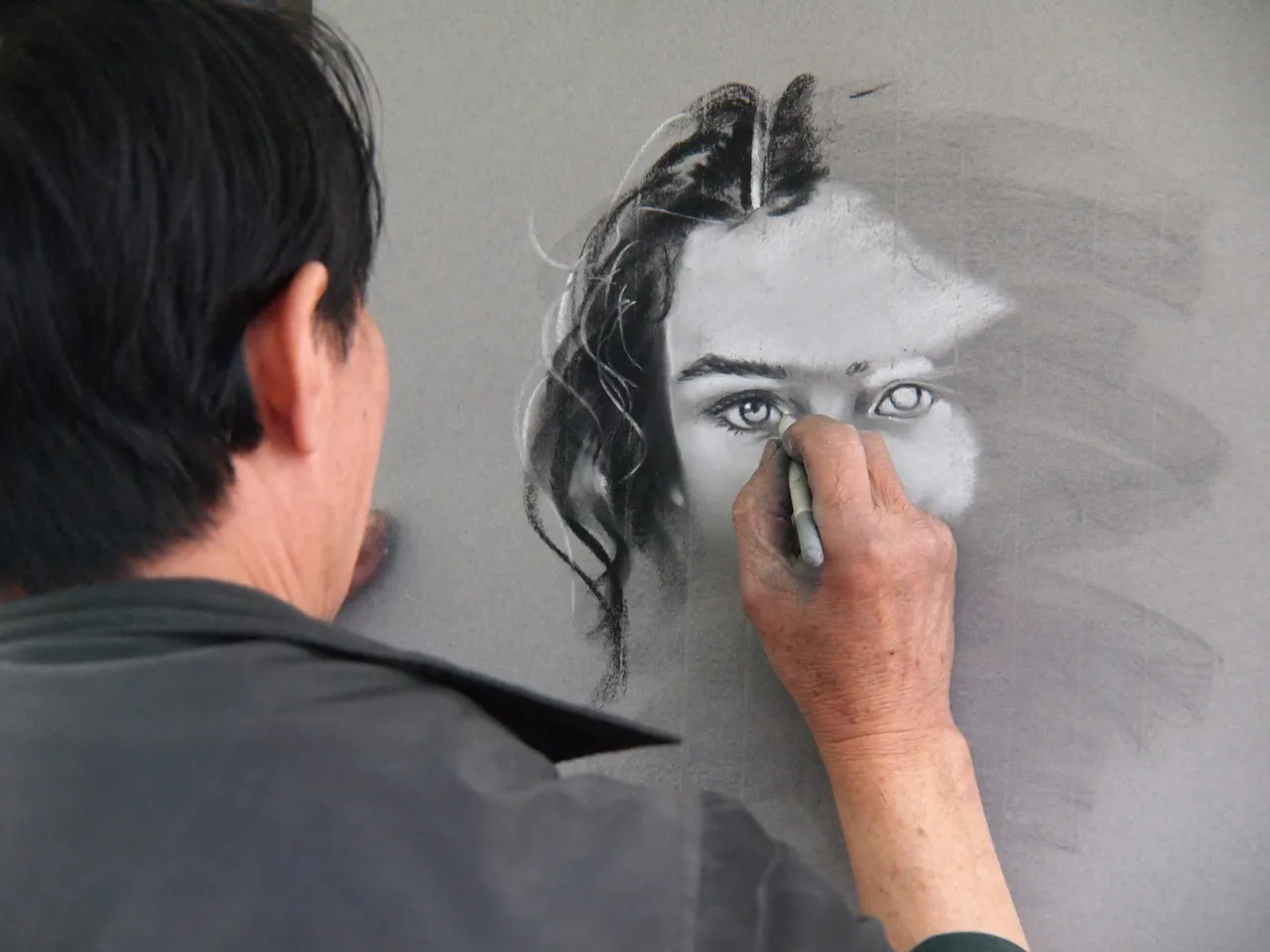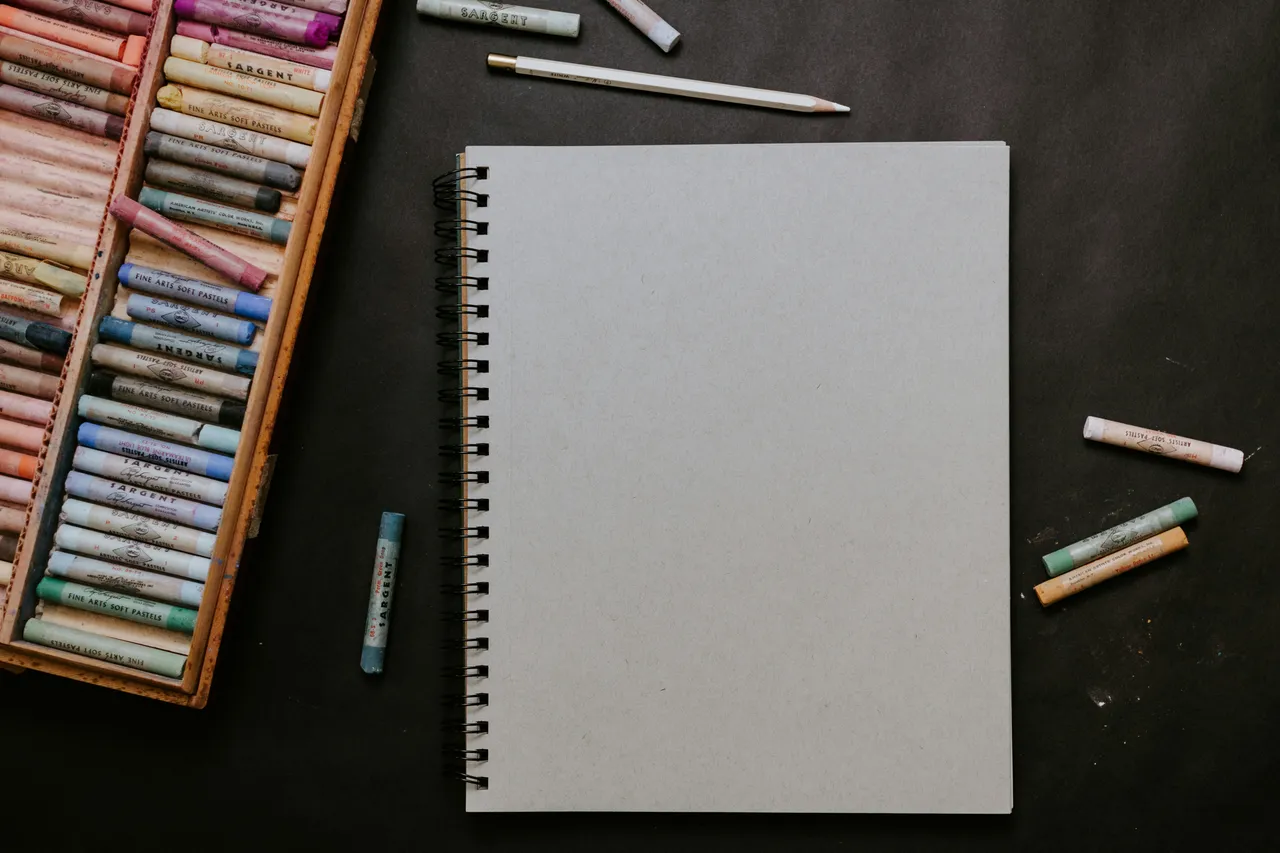
Image info
Creative Alchemy: Transforming Waste into Sustainable Art
In a world increasingly focused on sustainability, artists are discovering innovative ways to create beautiful works of art while minimizing their environmental impact. Millions of tons of waste end up in landfills every year, which poses a significant challenge. By transforming waste materials into creative masterpieces, artists not only express their creativity but also contribute to a more sustainable future. This article explores uncommon sustainable art materials, techniques for using them, and the benefits of embracing eco-friendly practices in the art community.
Understanding Sustainable Art
Sustainable art refers to artistic practices that prioritize environmental responsibility. This includes using materials that are eco-friendly, upcycled, or sourced from nature. As artists become more aware of the environmental impact of traditional art supplies, the demand for sustainable alternatives is increasing. By incorporating sustainable materials into their work, artists can reduce waste and promote a more conscious approach to creativity.
Uncommon Sustainable Art Materials
Natural Inspirations: Unveiling Nature’s Art Supplies
Natural materials offer a wealth of possibilities for artists looking to create sustainable art. For instance, dried leaves can be used for printmaking or as collage elements in mixed media art. Their unique textures and colors add depth to artistic compositions. Artist Jane Doe creates stunning prints using leaves collected from her garden, showcasing the beauty of nature in her work.
Twigs and branches can be transformed into sculptures, frames, or even functional art pieces like furniture. These materials allow artists to connect with nature while creating intricate designs. Sculptor John Smith uses twigs to craft detailed pieces that highlight the beauty of natural forms.
Stones also provide a unique medium for artistic expression. Artists can paint or carve stones to create unique sculptures or decorative pieces. Natural stones can be incorporated into jewelry-making, adding a rustic charm to the pieces.
Upcycled Treasures: Breathing New Life into Discarded Items
Upcycling involves repurposing discarded items into new creations. Plastic bottles, for example, can be cut and shaped into flowers, sculptures, or even functional art like planters. Artists like Emily Green have used plastic bottles to create intricate mosaics that tell a story about waste, inspiring others to rethink their consumption habits.
Old textiles can be sewn into quilts, wall hangings, or used in mixed media art. This not only reduces waste but also adds a personal touch to the artwork. Local artists often create vibrant quilts using fabric remnants, showcasing their creativity while promoting sustainability.
Scrap metal is another excellent material for upcycling. Metal pieces can be welded or assembled into sculptures, garden art, or functional items like furniture. The industrial aesthetic of scrap metal adds a unique flair to any art piece, as demonstrated by metal artist Mike Brown, who transforms discarded metal into stunning sculptures.
Everyday Waste: Transforming the Ordinary into Extraordinary
Everyday waste items can be creatively transformed into art. Food scraps, such as fruit peels, vegetable scraps, and coffee grounds, can be used to create natural dyes for fabrics or paper. They can also be incorporated into compostable art projects, showcasing the beauty of organic materials.
Packaging materials like cardboard, bubble wrap, and plastic can be used to create sculptures, collages, or even as canvases for painting. The texture and form of these materials can lead to innovative artistic expressions. Artist Lisa White creates stunning sculptures from discarded packaging, highlighting the potential of everyday waste.
Discarded electronics, including old circuit boards and wires, can be used in mixed media art or sculptures. This not only promotes recycling but also adds a modern twist to traditional art forms, encouraging artists to think creatively about the materials they use.
Techniques for Transforming Waste into Art
Working with uncommon materials may present challenges, but it also opens up new avenues for creativity. Before using waste materials, ensure they are clean and safe to work with. For example, wash plastic bottles and remove labels to create a clean canvas for your art.
Embrace the adventure of experimentation. Mixing media can lead to unexpected and exciting results, so don’t hesitate to try new combinations of materials. When assembling your projects, consider using eco-friendly adhesives, such as natural glues or plant-based adhesives. For heavier materials, screws or nails may provide added durability.
Benefits of Using Uncommon Materials
Embracing uncommon sustainable materials in art offers numerous benefits. By reducing waste and utilizing materials that would otherwise end up in landfills, artists contribute to a more sustainable planet. Working with unconventional materials encourages artists to think outside the box and explore new artistic avenues, leading to unique and innovative creations that stand out.
Sustainable art practices can also foster a sense of community among artists and audiences alike. By sharing techniques and ideas, artists can inspire others to adopt eco-friendly practices in their own work. Community art events focused on sustainability can amplify this impact, bringing people together to celebrate creativity and environmental responsibility.
Conclusion
Exploring uncommon sustainable art materials is not only a creative endeavor but also a vital step toward a more sustainable future. By transforming waste into art, artists can express their creativity while making a positive impact on the environment. So, gather your discarded items, unleash your imagination, and start creating art that reflects your commitment to sustainability. Consider sharing your creations on social media or organizing community workshops to inspire others!
This article was developed using available sources and analyses through an automated process. We strive to provide accurate information, but it might contain mistakes. If you have any feedback, we'll gladly take it into account! Learn more

